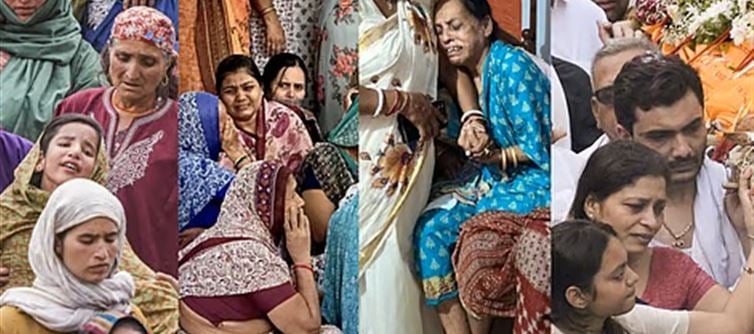
However, this sense of relief is not shared by the general populace, particularly those still mourning the victims of the recent pahalgam terror attack. Across social media platforms, citizens are expressing outrage and disbelief over what they perceive as a hasty retreat from justice. Their core concern: How does a ceasefire, reportedly influenced by international actors like the U.S., serve the cause of national security or offer any closure to the families of the deceased? The Modi government, which has long projected an image of zero tolerance for terrorism, is now being accused of softening its stance in the face of foreign pressure—fueling a narrative of capitulation rather than strength.
As political pressure mounts and the backlash intensifies, the Modi administration finds itself at a critical juncture. The gap between rhetoric and action is being scrutinized like never before, and if the government fails to communicate a clear strategy for justice and deterrence, this episode could become a lasting blemish on its record. The public isn’t merely demanding retribution—they want assurance that such attacks will not be met with diplomatic compromise. Moving forward, the government’s ability to balance geopolitical pragmatism with domestic expectations of strength and accountability will determine whether it can contain this damage to its image or whether the narrative of betrayal gains further traction.




 click and follow Indiaherald WhatsApp channel
click and follow Indiaherald WhatsApp channel